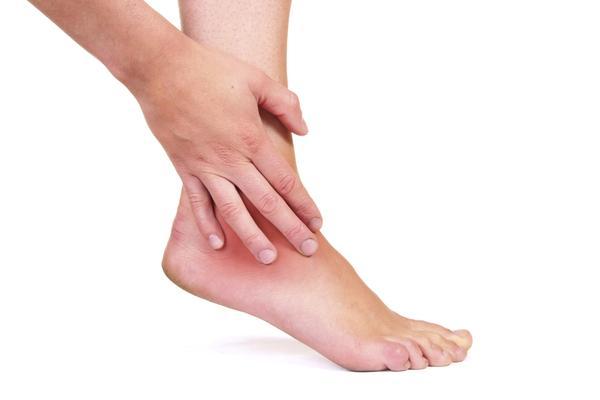Everyone knows car, truck and motorcycle crashes can break bones, inflict traumatic brain injuries and end lives. Pedestrians and bike riders are particularly at risk for incurring the most-debilitating and fatal injuries, but drivers and passengers certainly suffer life-altering and life-ending consequences from collisions.

Soft tissue injuries are actually the most common problems for crash victims. These receive little attention even though chronic pain and permanent disability often follow from injuries that are not life-threatening.
Recognize Soft Tissue Injuries
Soft tissue injuries generally fall into three categories.
Contusions, which are more commonly called bruises, form when impacts to or pressure on muscles, tendons, ligaments, bones or other body tissues burst small blood vessels. The skin discoloration that indicates many types of bruising comes from blood pooling between the injured tissue and the skin.
LEARN MORE
- ‘Invisible’ Injuries Can Be the Worst Consequences of a Car or Truck Crash
- An In-Depth Look at Traffic Accidents and Back Injuries
- Pain Syndromes Can Develop After Physical Injuries From Car Crashes Heal
Sprains are tears in ligaments, which are the fibrous bands that connect bones and cartilage. Think of the ACL, or anterior cruciate ligament, in the knee. ACL injuries occur when the knee joint is turned or twisted beyond its normal range of movement.
Strains are muscle and tendon tears. Sprains and strains produce similar symptoms, including acute pain, localized swelling and weakness in the affected muscle or joint.
Tendinitis and bursitis, which, respectively, are chronic swelling of the bands that connect muscles and the fluid-filled sacs that lubricate joints, may accompany or follow from sprains, strains and fractures.
When cars, trucks or motorcycles crash, contusions can form anywhere, especially when crash victims are thrown around or ejected from vehicles. The most affected joints are the shoulders, neck, lower back, knees and wrists.
Long-Lasting Problems From Soft Tissue Injuries
The most-immediate and most unwelcome symptom of soft tissue injuries is pain that increases with motion. Too often, that pain does not ever go away. A number of chronic pain syndromes can develop from sprains and strains.
Treatments for chronic pain include
- Electric stimulation,
- Nerve-blocking injections,
- Acupuncture and therapeutic massage, and
- Surgery to repair torn ligaments, tendons and muscles.
In reality, few medical interventions succeed in fully ending chronic pain. Prescription medications and ongoing therapy may decrease discomfort and improve physical function, but the majority of people who became chronic pain patients because someone else crashed into them will never return to the state of health they enjoyed before the accident.
Even contusions can produce lifelong complications. When blood pools in one part of the body for a long period (i.e., edema), the top layer of skin can become permanently discolored and loose. This condition is called hemosiderin staining. The staining can be accompanied by pain, swelling and itchy, flaky skin.
Many Difficult to Diagnose Conditions
Soft tissue damage can be difficult to detect with x-rays, MRIs and CAT scans. Doctors may need to rely on a patient’s reports of pain, weakness and impaired physical function in order to make a diagnosis. Such a scenario makes it easier for insurance claims adjusters to accuse crash victims of faking or exaggerating their injuries.
This often occurs in whiplash cases, but it is not uncommon for any claim arising from a crash that does not leave the victim dead or hospitalized for an extended period. Partnering with an experienced personal injury attorney after a car crash leaves you struggling with soft tissue injuries will make it easier to deal with skeptical or accusatory claims adjusters.
EJL